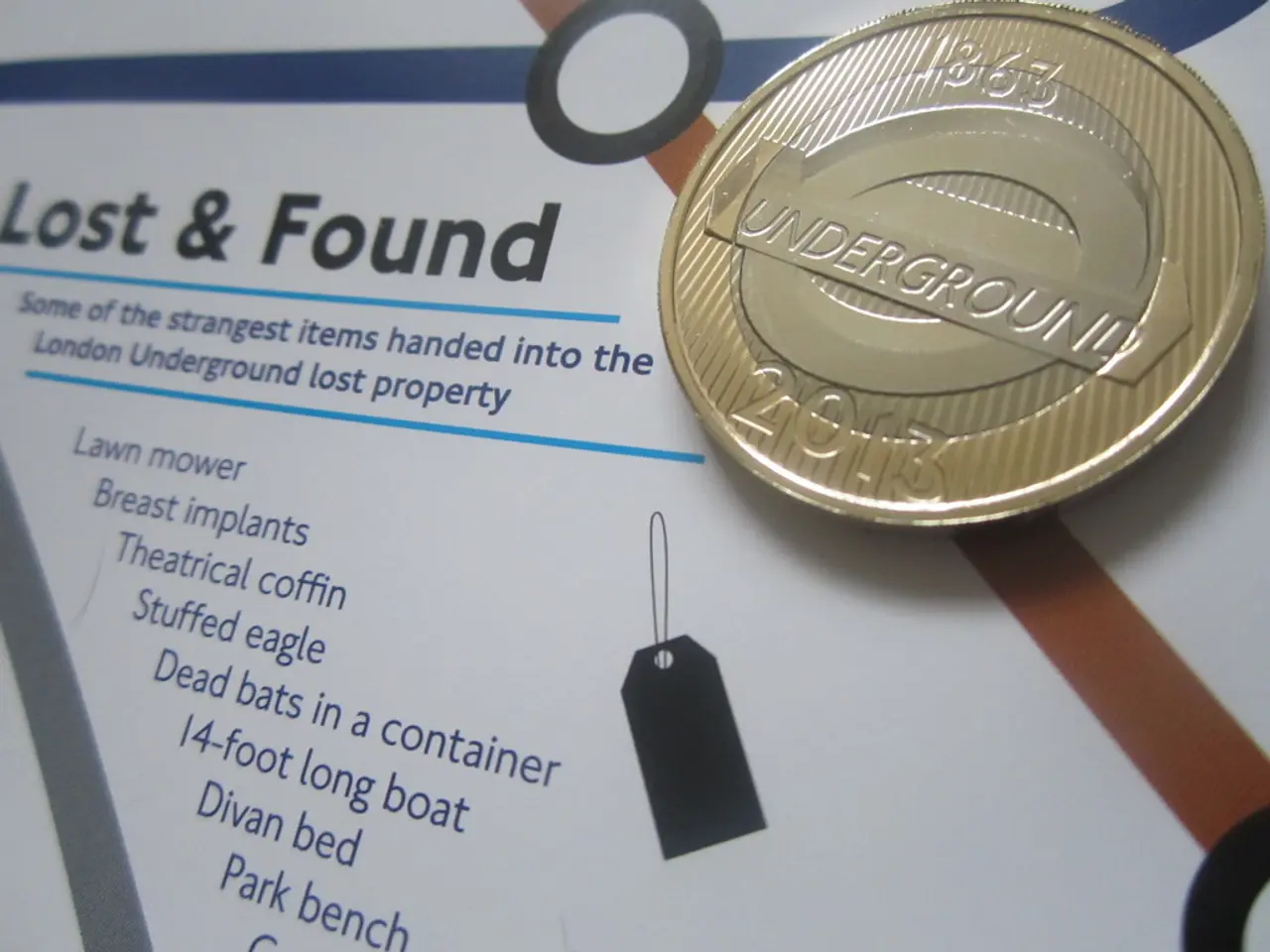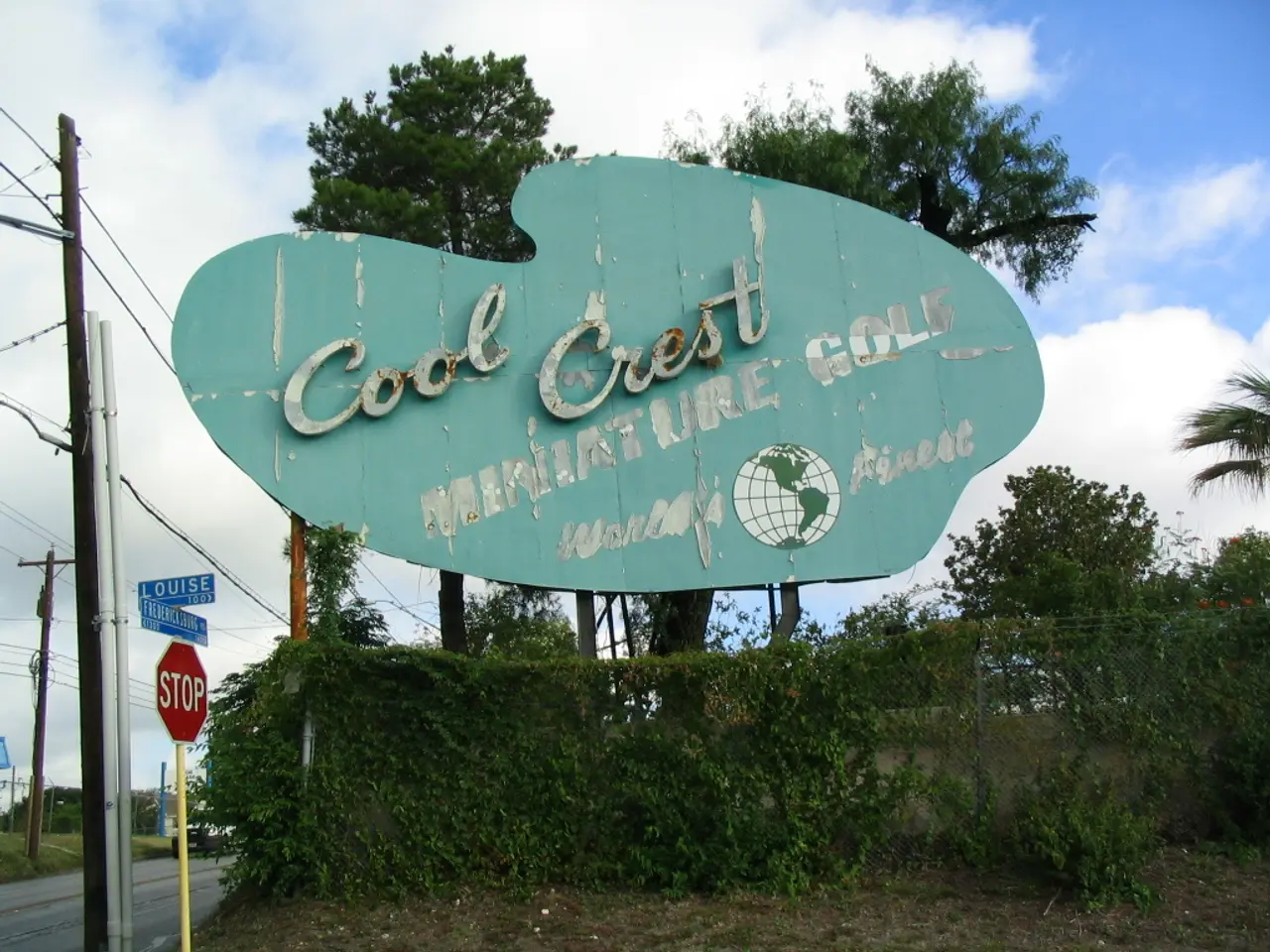Site investigations: Identifying potential hazards promptly
In the world of construction, problematic soils can pose significant challenges. Three common types of soils that present difficulties include clay-rich soils with high shrink-swell capacity, alluvial soils prone to erosion and flooding, and muddy or soft soils that affect machinery stability.
Clay soils, notorious for their ability to expand significantly when wet and shrink when dry, can cause ground movement that damages foundations and infrastructure. To mitigate these risks, early site characterization and advanced geotechnical testing are essential. Engineering solutions such as deep foundations, geosynthetics, drainage improvements, and expansion joints, coupled with integrated groundwater management, can help minimize shrink-swell cycles and prevent structural damage.
Alluvial soils, formed by river deposits, are often loose and subject to erosion and flooding. Site-specific evaluations, flood protection measures, proper crop and infrastructure placement, and the establishment of cover crops or vegetation can help stabilize these soils.
Muddy and soft soils, especially after rainfall or near waterways, create slippery conditions that risk equipment movement and worker safety. Using composite mats or other ground protection technologies can provide stable working surfaces, reducing project delays, equipment wear, and safety concerns in challenging terrains.
Addressing these challenges involves comprehensive soil testing and monitoring, adaptive engineering designs, soil moisture control, and the use of specialized construction materials or techniques. A geotechnical report can help identify potential costs and risks early in the planning of a property, ensuring the correct construction principles are applied to the specific soil conditions.
Homeowners can benefit from a geotechnical report, as it provides information on whether the soil on their property is load-bearing or not. Problematic soils, such as soft, organic soils like peat and cohesive soils with high water absorption, should be carefully considered. If a property has extremely difficult building ground, it might be wise to reconsider selling it.
The geotechnical report plays a crucial role in the early stages of planning a property to avoid unexpected costs and risks. The old standard for classifying soils and rocks (DIN 18300) has been replaced by the VOB (Vergabe- und Vertragsordnung für Bauleistungen). The cost-benefit analysis plays a role in determining appropriate steps, as some elaborate sealing and drainage systems may be required to prevent moisture damage in challenging soil conditions.
In conclusion, understanding and managing problematic soils is crucial in construction to prevent costly damage and project delays. With thorough planning, adaptive engineering designs, and the use of specialized construction materials or techniques, these challenges can be overcome.
In the realm of real-estate investments, a geotechnical report, which provides detailed information about a property's soil conditions, is essential for understanding potential risks and costs. This report can help determine whether a property's soil is load-bearing or not, especially when dealing with problematic soils such as soft, organic ones like peat or cohesive soils with high water absorption.
Advanced finance and technology can play a vital role in the construction industry by enabling adaptive engineering designs, comprehensive soil testing and monitoring, and the use of specialized construction materials or techniques, thereby mitigating risks associated with problematic soils. For instance, investing in innovative ground protection technologies like composite mats can provide stable working surfaces in challenging terrains, reducing delays, equipment wear, and worker safety concerns.




